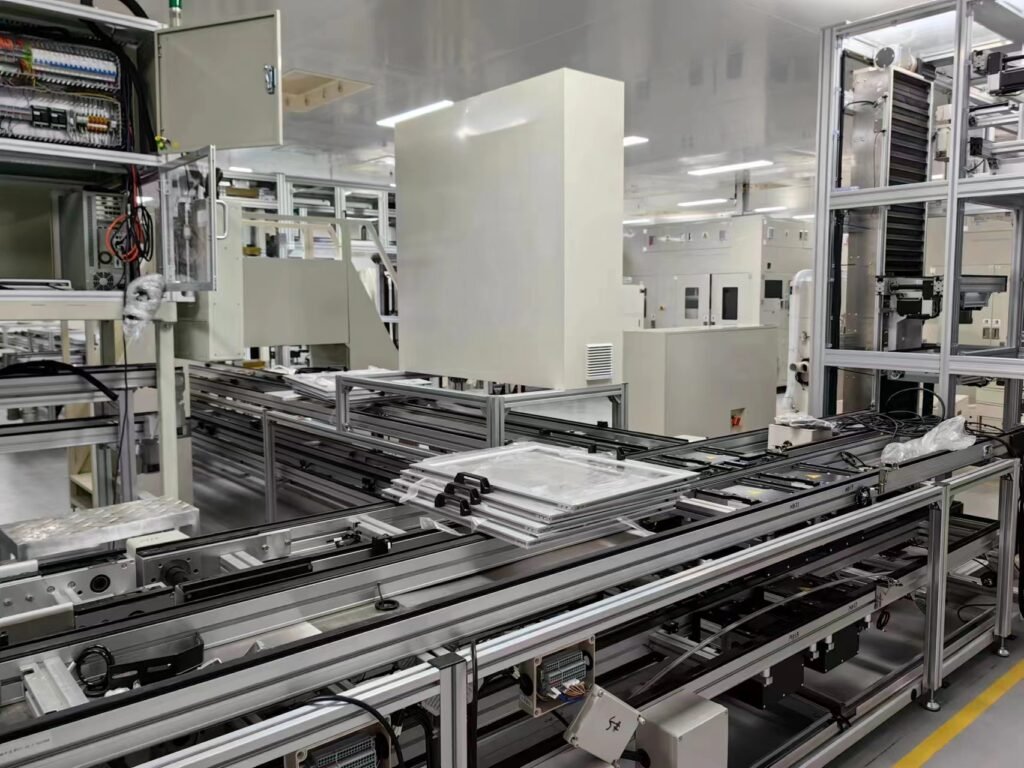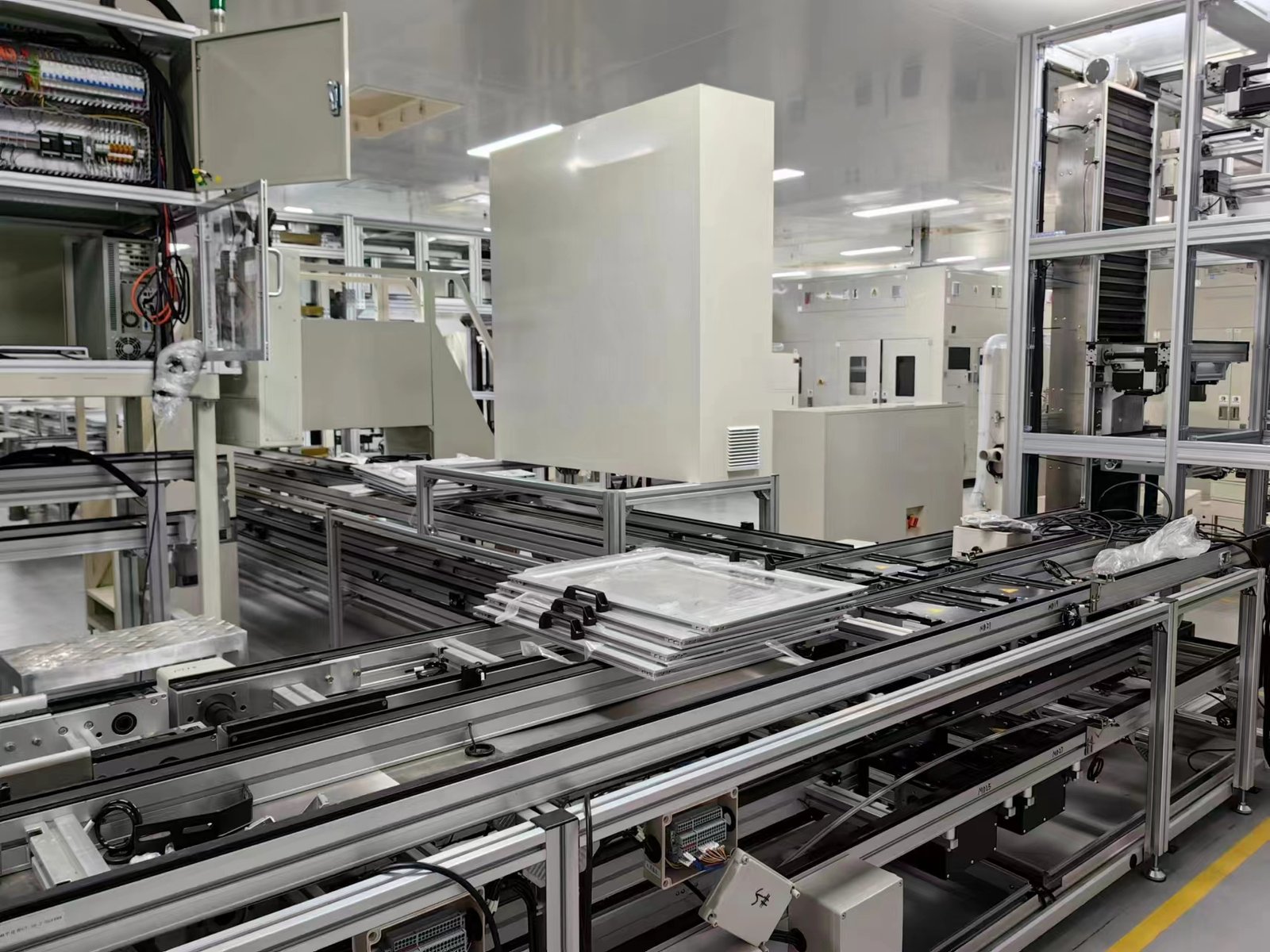One of the most critical components to achieving streamlined operations is the Förderanlage. This article explores the best conveyors for manufacturing, highlighting various types, their benefits, and considerations for selection.
Understanding Conveyor Systems

What are Conveyors?
Conveyors are mechanical systems designed to transport materials from one location to another within a manufacturing facility. They can handle various items, from raw materials to finished products, playing a vital role in production lines.
Types of Conveyors
There are several types of conveyors, each suited to specific tasks and materials. Below are some of the most common types used in manufacturing:
Benefits of Using Conveyors in Manufacturing
1. Increased Efficiency
Streamlined Processes: Conveyors significantly reduce manual handling, allowing materials to move quickly through different stages of production.
2. Improved Safety
Reduced Risk of Injury: By minimizing the need for workers to lift heavy items, conveyors help reduce workplace injuries, creating a safer environment.
3. Versatility
Handling Various Products: Conveyors can be designed to transport a wide range of materials, from small parts to large pallets, making them suitable for different manufacturing processes.
4. Cost-Effectiveness
Long-Term Savings: Investing in a conveyor system can lead to substantial long-term savings by increasing productivity and reducing labor costs.
Featured Conveyor Systems from Vitrans
Vitrans has established itself as a leading manufacturer of pallet conveyors and pallet transfer systems. With over 10 years of experience, Vitrans has built a reputation for quality and reliability in the industry.
1. Belt Pallet Conveyor
Description: The belt pallet conveyor is designed to move heavy loads smoothly along a belt system. Its durable construction makes it ideal for various manufacturing applications.
Vorteile:
- Einfache Wartung: Simple design allows for quick maintenance and repair.
- Versatile Usage: Suitable for transporting goods in various shapes and sizes.
2. Accumulated Chain Conveyor
Description: This conveyor system uses chains to transport products, allowing for the accumulation of items without stopping the entire system.
Vorteile:
- Effizienz: Enables smooth operation even with fluctuating production rates.
- Dauerhaftigkeit: Built to withstand heavy loads, making it perfect for demanding environments.
3. Attachment Conveyor
Description: Featuring attachments that can hold products securely, this type is ideal for moving items that need stability during transport.
Vorteile:
- Personalisierung: Adjustable attachments allow for different product sizes and shapes.
- Enhanced Control: Provides better control over the movement of items.
4. Product Transfer Conveyor
Description: This system is specifically designed for transferring products between different conveyor lines or production areas.
Vorteile:
- Nahtlose Integration: Facilitates easy movement between different stages of production.
- Platzsparendes Design: Compact size helps maximize factory space.
Selecting the Right Conveyor for Your Manufacturing Needs
When choosing a conveyor system, several factors should be considered:
1. Type of Materials
Weight and Size: Consider the weight and size of the items being transported. Ensure that the conveyor can handle the required load without compromising safety or efficiency.
2. Production Environment
Temperature and Conditions: Evaluate the manufacturing environment, including temperature variations and exposure to chemicals, which could affect the conveyor’s material and design.
3. Space Availability
Layout: Assess the available space in your facility. This will influence the type of conveyor system and layout you choose.
4. Future Scalability
Growth Plans: Consider potential future expansions. Choose a conveyor system that can adapt to increased production demands.
Common FAQs About Conveyor Systems
1. What maintenance do conveyor systems require?
Antwort: Regular inspections, lubrication of moving parts, and timely replacement of worn components are essential to keep conveyor systems running smoothly.
2. How do I choose the right conveyor for my application?
Antwort: Analyze the types of materials, load capacity, and environmental conditions to determine the most suitable conveyor type for your needs.
3. Can conveyors be customized?
Antwort: Yes, many manufacturers offer customization options to meet specific requirements, including length, width, and features.
Finale Toughts
Investing in the right conveyor system is crucial for enhancing efficiency and safety in manufacturing operations. Vitrans offers a range of high-quality conveyor solutions, including belt pallet conveyors, accumulated chain conveyors, attachment conveyors, and product transfer conveyors. With their extensive experience and commitment to quality, Vitrans can provide customized solutions to meet the diverse needs of manufacturers worldwide.
Comparison Table of Vitrans Conveyor Systems
| Förderer Typ | Wesentliche Merkmale | Best For |
|---|---|---|
| Gurtpalettenförderer | Durable belt, easy maintenance | Heavy loads |
| Staukettenförderer | Chain-driven, accumulation capabilities | Variable production rates |
| Anbaugeräte-Förderer | Custom attachments for stability | Irregularly shaped products |
| Produkt-Transfer-Förderer | Efficient product transfer between lines | Multi-stage production |
By carefully considering your manufacturing needs and leveraging high-quality conveyor systems, you can achieve streamlined operations and enhance productivity in your facility.




